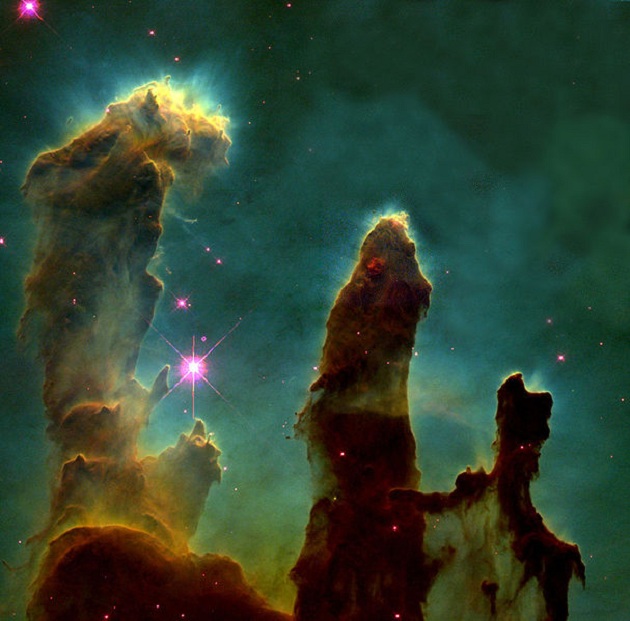NoSurvivors wrote:[quote="tzor like Mars which has no magnetic field like the earth and no atmosphere to speak of either.
-sigh- so many errors to be corrected by a 16 year old.... Good job. Now; mars has an atmosphere.. Get your facts straight..[/quote]
I won't nit pick on my use of "to speak of" but instead go right to the actual facts.
Atmosphere of MarsThe atmosphere of Mars is relatively thin and is composed mostly of carbon dioxide (95.32%). There has been interest in studying its composition since the detection of trace amounts of methane,[2][3] which may indicate the presence of life on Mars, but may also be produced by a geochemical process, volcanic or hydrothermal activity.[4]
The atmospheric pressure on the surface of Mars averages 600 pascals (0.087 psi), and ranges from a low of 30 pascals (0.0044 psi) on Olympus Mons's peak to over 1,155 pascals (0.1675 psi) in the depths of Hellas Planitia. This compares to Earth's sea level pressure of 101.3 kilopascals (14.69 psi) (i.e. about 0.6% of Earth's). Mars atmospheric mass of 25 teratonnes, compares to Earth's 5148 teratonnes. However, the scale height of the atmosphere is about 11 kilometres (6.8 mi), somewhat higher than Earth's 7 kilometres (4.3 mi). The composition of the Mars atmosphere is 95% carbon dioxide, 3% nitrogen, 1.6% argon, and contains traces of oxygen, water, and methane, for a mean molar mass of 43.34 g/mol.[1][5] The atmosphere is quite dusty, giving the Martian sky a light brown or orange color when seen from the surface; data from the Mars Exploration Rovers indicate that suspended dust particles within the atmosphere are roughly 1.5 micrometres across.[6]
So basically the atmosphere of Mars is six tenths of a percent that of the earth. The psi at Mt Everest is 4 (not 0.0044).
To even compare the atmosphere to that of the earth is downright silly.
Some common sense from a 51 year old, my young lad.
Oh by the way, did you know that technically the "sun" has an atmosphere? And even a "solar wind." Don't try to breathe it, however. You won't be able to tell it apart from a vacuum.
















































































































